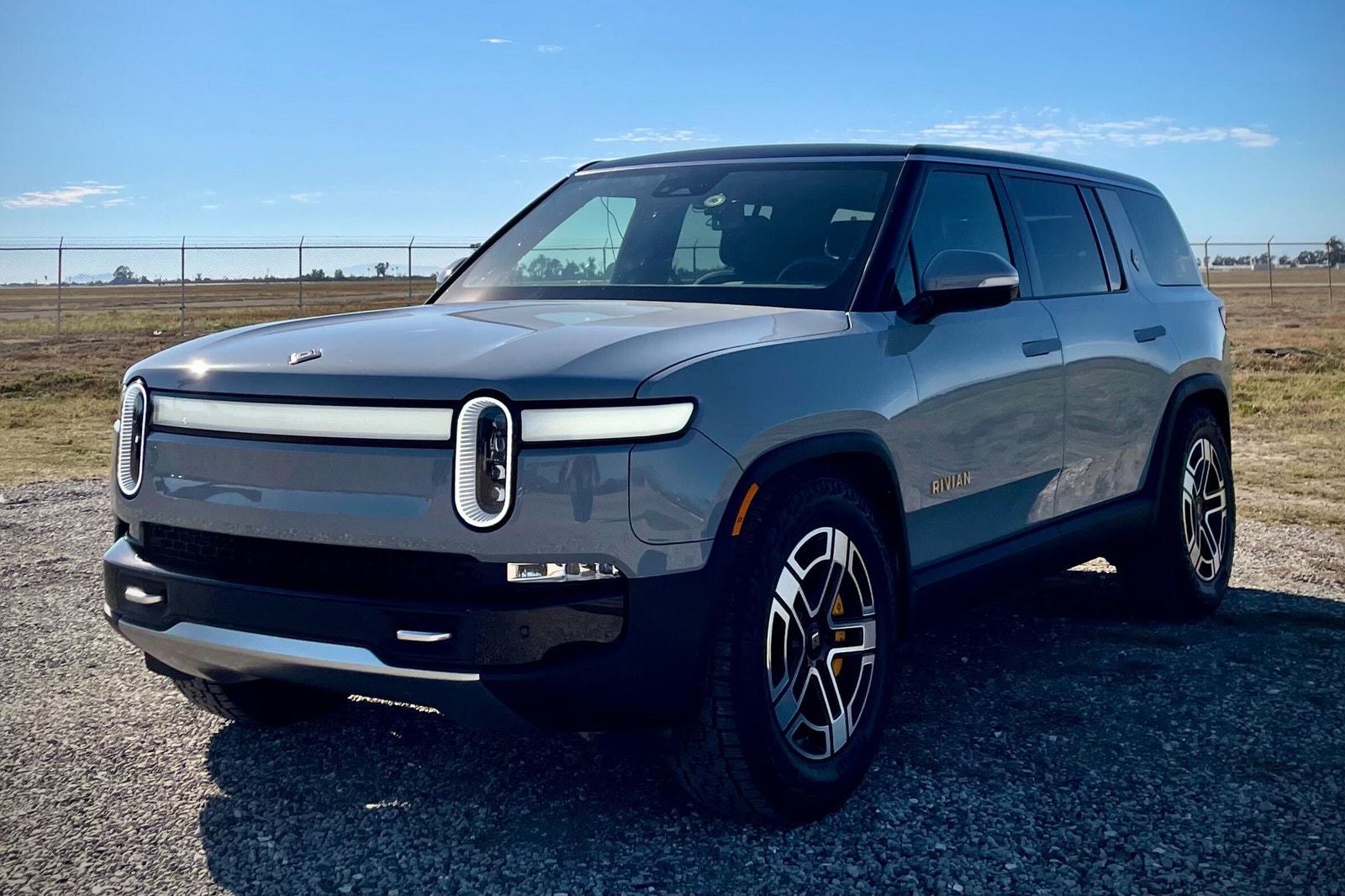It's a massive job to build and install the Superchargers that will be needed in coming years, and there are going to be some serious problems along the way. A lot of the difficulty is also related to finding places to install the Superchargers, meeting all government requirements to install them, and getting an adequate amount of power from the local electrical utility. A lot of this just takes time. Tesla has been doing a pretty good job, on the whole, of keeping up with Tesla charging demand, but that demand is going to increase dramatically in the next couple of years. Even if Tesla is ready for it, I think the odds of the power grid being ready are slim.That’s the big sticking point. Certainly seems like this pack should have no problem supporting 350kW, and hopefully 4680s don’t cause unexpected problems.
But the big sticking point is those chargers. At the current glacial rate of expansion, it could be years before practical high speed charging is available everywhere. It’s already bad enough getting stuck with V2 in a Model 3 (absolutely awful having to shuffle stalls and avoid other people, and wait for charging to start for 30 seconds, etc.). Why do v2 still exist???
Now we have Superchargers that don’t easily fit Cybertrucks (does the cable always reach if you’re not perfectly parked or blocked from getting the right position?), and they’re all really slow (250kW no good).
So things have to change really quickly! Hopefully Tesla can step it up! They have to, with this small pack size. It seems V4 should probably roll out widely to more remote locations FIRST.
Last edited:



